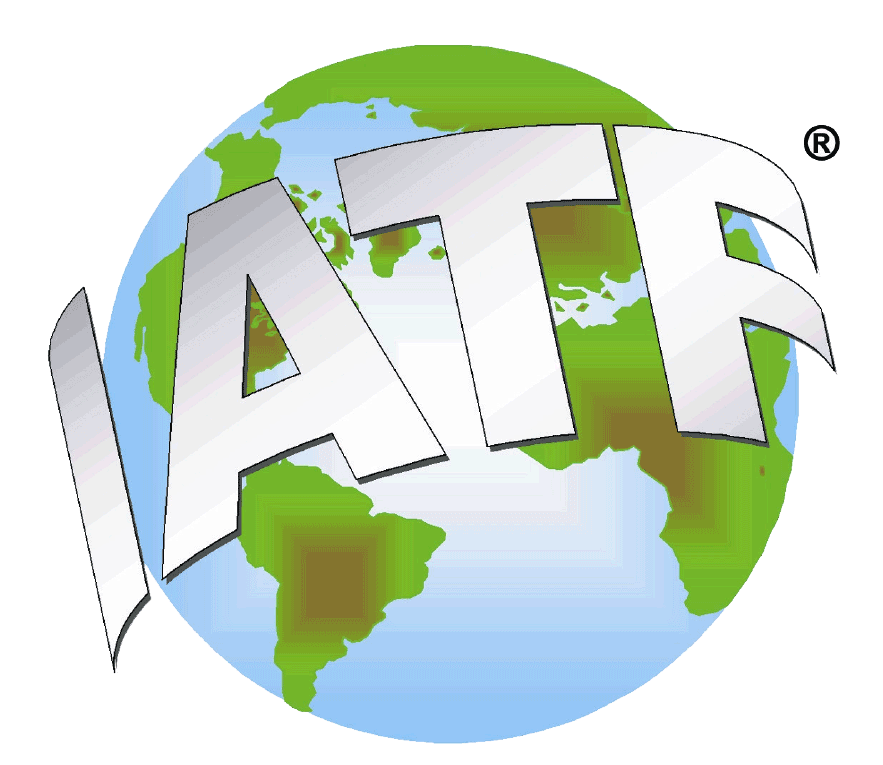IATF 16949:2016 (1st edition) represents an innovative document, given the strong orientation to the customer, with inclusion of a number of consolidated previous customer specific requirements.
ISO/TS 16949 (1st edition) was originally created in 1999 by the International Automotive Task Force (IATF) with the aim of harmonizing the different assessment and certification systems worldwide in the supply chain for the automotive sector. Other revisions were created (2nd edition in 2002, and 3rd edition in 2009) as necessary for either automotive sector enhancements or ISO 9001 revisions. ISO/TS 16949 (along with supporting technical publications developed by original equipment manufacturers [herein referred to as OEMs] and the national automotive trade associations) introduced a common set of techniques and methods for common product and process development for automotive manufacturing worldwide.
In preparation for migrating from ISO/TS 16949:2009 (3rd edition) to this Automotive QMS Standard, IATF 16949, feedback was solicited from certification bodies, auditors, suppliers, and OEMs to create IATF 16949:2016 (1st edition), which cancels and replaces ISO/TS 16949:2009 (3rd edition).
The IATF maintains strong cooperation with ISO by continuing liaison committee status ensuring continued alignment with ISO 9001.
KEY BENEFITS
- A commercial advantage during contract negotiations
- A clear focus on continual improvement, emphasizing defect prevention and reduction of variation and waste
- Time and cost savings, by avoiding multiple customer specific certification audits
- The international recognition of the ISO/IATF 16949:2016 standard increases the credibility of your organisation when bidding for global sourcing contracts or expanding your business locally.
- Gaining certification also helps you to reduce production variations and improve your manufacturing efficiency which can positively impact your bottom line.
- Furthermore, ISO/IATF 16949:2016 helps create a common quality system approach to the entire supply chain (for suppliers/subcontractors) and facilitates access to the industry's best practices
IATF 16949 – NEW QUALITY MANAGEMENT STANDARD FOR THE AUTOMOTIVE INDUSTRY
ISO/IATF 16949, the automotive industry’s most widely used international standards for quality management, has been replaced with a new global industry standard by the International Automotive Task Force (IATF) called IATF 16949. IATF 16949:2016 was published by IATF on October 4, 2016 and will supersede and replace the current ISO/TS 16949, defining the requirements of a quality management system for organizations in the automotive industry and will fully respect the ISO 9001:2015 structure and requirements. IATF 16949:2016 is not a stand-alone quality management standard, but is implemented as a supplement to, and in conjunction with, ISO 9001:2015.
BELOW IS A REVIEW OF NEW REQUIREMENTS IN IATF 16949:2016:
- Risk-related requirements to minimize the likelihood of failure during new program development
- Risk-based thinking to maximize the potential realization of planned activities
- Requirements to adopt a process to assess the risk of changes and take appropriate action
- Enhanced product traceability requirements to support latest regulatory changes
- Integration of many common industry practices previously found in customer-specific requirements. This to assure commonality throughout the industry and reduce the need for extensive customer-specific requirements in these areas
- Requirements for both first and second-party auditors, including a documented process to verify internal auditor and trainer competency
- Clarification of sub-tier supplier management and development requirements
- Addition of corporate responsibility requirements
- Addition of a product safety section to ensure intended performance during the entire product lifecycle without causing harm or damage
- Requirement to assess manufacturing feasibility
- If applicable, requirement that organizations must have a warranty process that addresses and integrates all applicable customer-specific requirements and warranty party analysis procedures to validate No Trouble Found
- Embedded software requirements for product validation, warranty and troubleshooting of issues in the field
- The new IATF/TS-16949:2016 Standard and the accompanying ISO-9001:2015 base standard – the two are separate documents now. To be certified to the new standard, the manufacturing site and their RSLs will be audited to both ISO + IATF standard(s)
- Increased focus during audit on operational performance and customer feedback (customer scorecards/metrics)
TRANSITION PROCESS AND TIMING
All organizations currently certified to ISO/TS16949:2009 are required to complete the transition process by 14th September 2018. The transition process includes the following:
- Transition audit
- Nonconformity management
- Certificate decision
- Certificate issuance
Organizations currently certified to ISO/TS16949:2009 have two options by which to transition:
- Option 1 – transition within their current ISO/TS16949:2009 audit cycle i.e. at the next planned surveillance or recertification audit
- Option 2 – transition at any time i.e. outside the normal surveillance and recertification audit cycle
The transition audit shall be conducted according to the revised automotive QMS standard. The IATF database will be modified to allow certification bodies to enter the audit as a transition audit. The transition audit shall be the duration of a recertification audit, plus an additional 0.5 – 1 day on site. The certification body shall determine, based on knowledge and experience of the organization, the duration of the additional onsite time; records of the justification shall be maintained.

